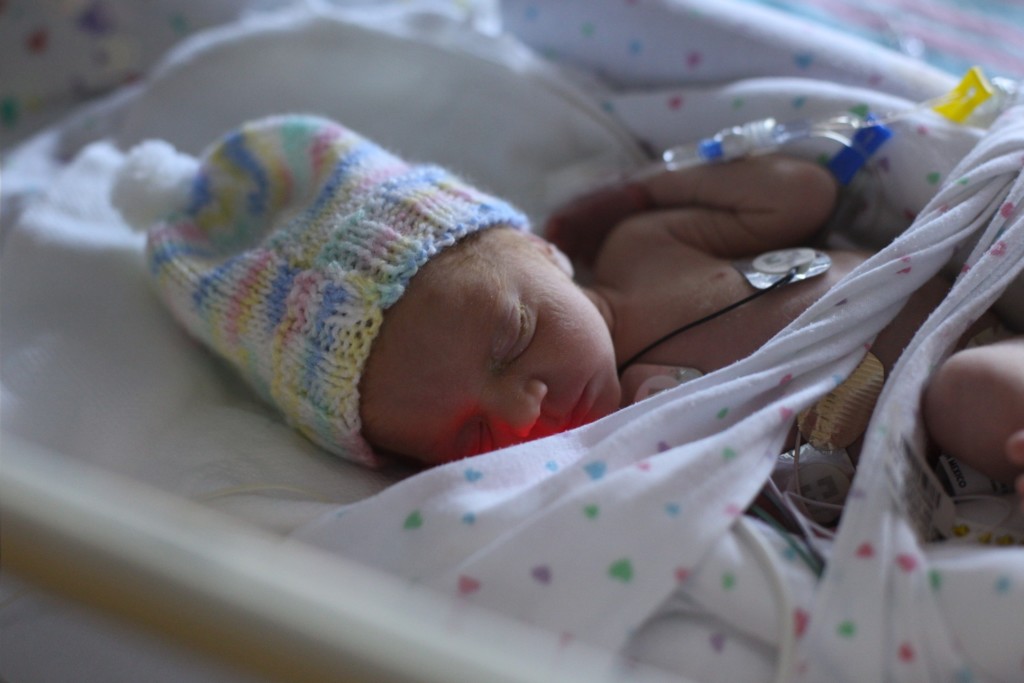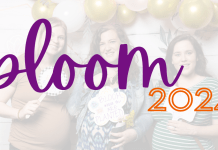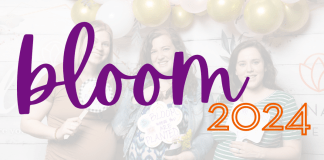You have probably heard of placenta encapsulation if you are having babies these days. Placenta encapsulation is the practice of preparing your placenta to eat. In case this is all news to you: yes, that’s right: some moms eat a human organ after birth.
Clearly placenta encapsulation isn’t for everyone. Yet, when I was pregnant with my third, it was something I decided I wanted to try. I contacted a reputable and experienced “placenta specialist,” and made plans to take mine home, on ice, after delivery, for her to encapsulate for me.
The steps for encapsulation can vary, but the general gist is this:
- Keep it refrigerated after the birth, like you might any other “meat” food product.
- Chop it up, and dehydrate it in a food grade dehydrator (think beef jerky here).
- Grind up the placenta jerky in placenta powder.
- Put the powder into food-grade capsules, like some of your vitamins might come in from the store.
- Eat.
If that totally freaks you out, you probably don’t want to hear about raw placenta smoothies.
I Never Did Eat My Placenta
I never did end up eating mine, though. At 32 weeks, my baby was unexpectedly born due to an infection. An infection that wreaked havoc to my uterus, placenta, and my daughter’s umbilical cord. My placenta was whisked off to pathology, never to be seen again.

I felt disappointed. Who gets disappointed over not getting to eat an organ? This girl right here. Don’t judge me.
I did understand, though. It was obvious to me that if you are going to go and eat something that came out of your body, blood vessels and all, that definitely some times this might not be such a good idea. Food safety is a real thing. So are blood-borne pathogens. While it might be safe most of the time, it’s good to be aware of the potential risks, too.
Is It Safe?
Whether you think it’s weird or not, placenta encapsulation is growing in popularity. Although there is not a lot of good science on the practice (yet), there are some anecdotal benefits to it, including increased milk supply, better hormone regulation after birth, and a restoration of iron levels.
None of those benefits, though, are worth taking unnecessary risk. A few weeks ago, the CDC put out a story of a woman who did eat her placenta after her baby was in the NICU with a known infection from the birth. The baby ended up sick again, and the CDC linked the bacteria to the pills the mother was eating. That is some bad press! I think, however, that there were some clear red flags throughout the story, and if proper care had been taken, this incident would not and should not have ever happened.
What You Should Consider
Here are a few things that I have learned about keeping you and your baby safe if you choose to encapsulate your placenta:
- Make sure to go through a trained and certified Placenta Encapsulation Specialist. Cincinnati has several reputable options to choose from, thankfully (and I can help you find one!).
- Make sure this person also has certification in blood-borne pathogens.
- The safest way to ensure that your placenta isn’t accidentally cross-contaminated (or worse, accidentally switched with another placenta!) is to transport it yourself, and make sure that it is processed in your home, not the home of the encapsulator or at some other undisclosed location. This also provides additional accountability and oversight in the process.
- Make sure that it is steamed and then dehydrated at a minimum of 160 degrees to kill any surface bacteria.
- Be sure that you understand the contraindications for encapsulation. This includes things like a known infection in the mom or baby at birth.
I don’t think that people should never encapsulate. I was going to do it myself, and I think people will continue to do it as long as it is an option. However, the practice is not without risk or contraindications. It is not a regulated industry. If you choose to do it, you need to make sure you understand the risks and responsibilities, and take extra steps to make sure it is done right!














Great article, Kate!
Thank you!